17 Tips That Make it Easier to Eat Grain Free

Although grain free isn’t a long term lifestyle choice for us at this point, in different seasons and circumstances, we go back to it as a way of resetting our bodies, aiding digestion, and coping with specific health challenges.
I know that we’re certainly not the only ones trying to eat grain-free, less grains, gluten-free or some variation thereof. So many of you are right there, making these kinds of dietary changes, just like we are.
When you’re used to living in the land of bread, tortillas, pasta and muffins, grain free eating and cooking can be a shock to the system. For one thing, it’s common to get hungry more often, especially in the beginning.
To make it even more challenging, one of the most common reactions is to panic and feel like you’re staring at this fridge full of food, but there’s nothing to eat.
Ever felt that way? I know I have, so many times.Whether we’re on GAPS, the Maker’s Diet, eating Paleo/Primal, Whole 30, wheat and dairy free, or something in between, it can be a struggle to shift your usual eating habits and find new, satisfying and simple ways to get full.
Particularly with four growing children who ask for more food before the breakfast dishes are even washed, I’ve learned that I have to have a plan that includes foods that can be:
- grabbed on the go
- made in a hurry
- cooked without much fuss or extra energy
How great we feel when we take a break from grains (even though I’m actually not opposed to eating properly prepared grains as part of our everyday diet) is a huge motivation for us. But to keep going, especially in the beginning, I still need a few tricks up my sleeve.
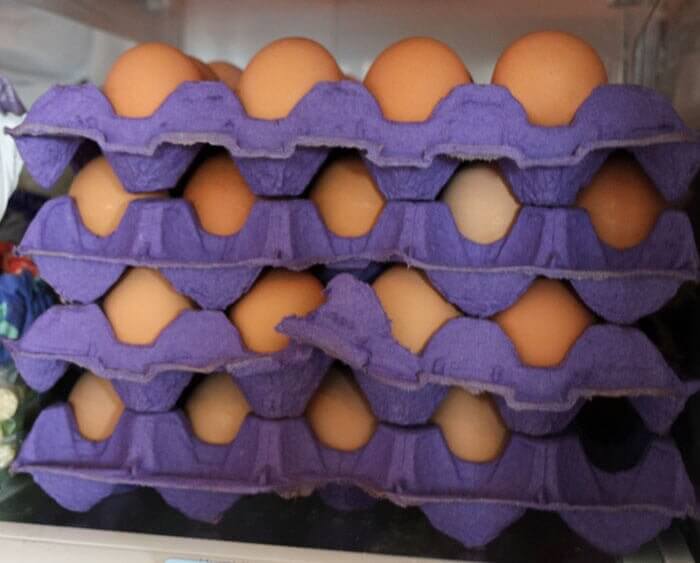
So here are my 17 tips for making it easier to eat grain free:
1. Keep boiled eggs on hand.
Whether for breakfast, a quick protein-rich snack, adding to a salad, whipping up deviled eggs on the fly, or taking out the door, boiled eggs are convenient.
For that matter, always keep a TON eggs on hand. I’m not even kidding. See those eggs? That’s a portion of what’s in my fridge right now. But when you’re grain free, you use them for breakfast, more than usual in baking, on salads, in mayo, in quiche, for quick emergency dinners, and well, pretty much everything it seems. We hardly ever seem to have enough.
2. Cooked meat
Three things I love to keep in my freezer:
- cooked, diced or shredded chicken
- ground beef, already browned
- pre-made and cooked sausages
With pre-cooked meat, it’s SO much easier to come up with a last minute meal.
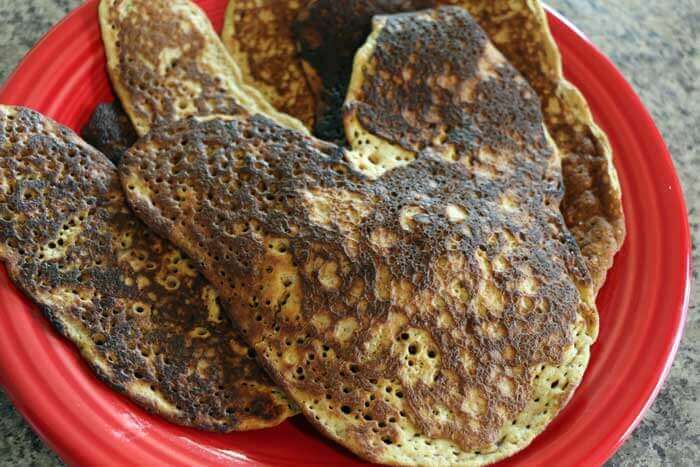
3. Always, always make extra of everything.
Like these pancakes, for example. Doubling up on banana nut pancakes on a Saturday morning means a quick weekday breakfast later on. Double batches of soup mean lunch for the next day or two. Doubling a recipe for nutty granola means you’ve got yogurt topping for weeks.
4. Keep some sort of bread, or “wraps” on hand at all times.
Be it homemade grain free bread or egg-based crepes, or simply large lettuce or cabbage leaves, anything that can turn into a “sandwich” or wrap makes for simple meals in a hurry.

5. When you bake, bake for an army.
Bread isn’t the fastest thing to make, even when you’re using grains, but I find grain free bread particularly tedious to make. I’m enjoying the taste and texture of the bread we make from the book Against All Grain, but it’s not worth it for me unless I make at least 3 loaves at a time.
With regular bread, I freeze it to keep it fresh, but this bread doesn’t do as well once it’s been frozen. Keeping it in the fridge seems to keep it fresh enough for us to make use of it all.
6. Fill your freezer with meals.
Even if you don’t do a full day of freezer cooking, it’s worth it to do mini sessions (just a few recipes at a time) or even make up a recipe to freezer here or there as you have time. Sometimes I do this just with baking or snacks, and other times I try to put actual meals away.
I’m currently testing out a membership to Once a Month Meals, which has a fantastic Paleo option. It provides you with all of the recipes with cards, grocery lists, prep instructions, cooking day directions, AND all sorts of other recipe options so that you can swap out meals that don’t suit you for ones that do. It’s a really useful system and so time saving!
*Interested in trying Once a Month Meals for FREE? Keep reading to the bottom!**
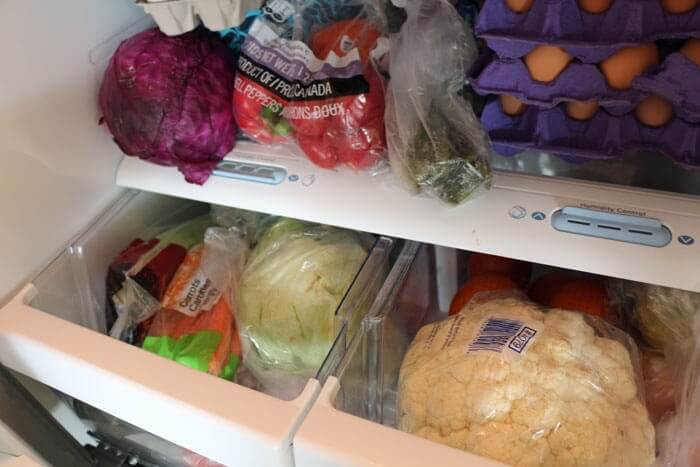
7. Keep well stocked on fruits and veggies.
These fly out of the fridge when we’re not eating grains, because we just need a whole lot of food to fill us up, so making sure I really stock up each time I shop makes life much easier (hence, the crammed fridge- but hey, at least we’re not hungry).
Being able to quickly throw together a salad, chop up a plate of veggies, or serve up a dish of fruit really helps me to complete meals when they still need a little something extra. They’re also easy grab-and-go snacks for me and the kids.
8. If you’re going to cook potatoes, always make extras.
Every time I cook potatoes, I make extra, whether they’re baked or boiled or fried. I’ll use them as the base for a breakfast casserole, or fry them up with a simple meal of scrambled eggs and hashbrowns, or they also come in handy for a sausage, veg and potato fry in the evening.
If white potatoes are off your radar, use sweet potatoes or yams instead. They work just as well.
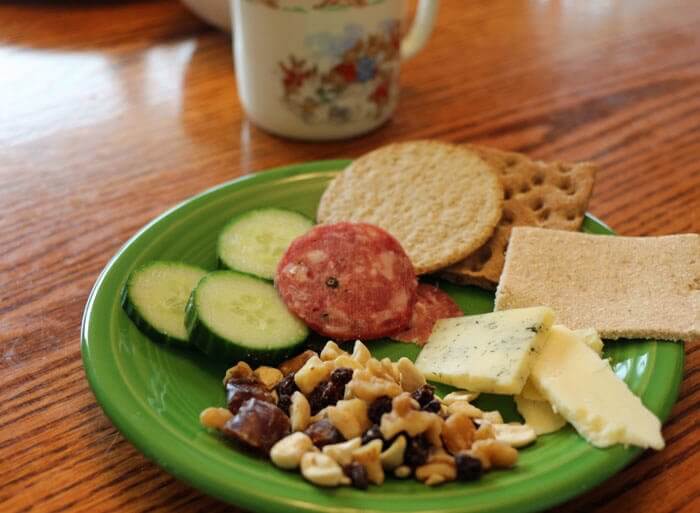
9. Consider the Nibble Plate.
This is a term I coined and will eventually write a post on, although the idea is so simple that is feels a bit silly. Essentially I put together simple, finger foods to make up a quick & easy lunch on busy days.
I use foods like vegetables, fruits, nuts, dried fruits, olives, cheese, sliced sausage or cooked meat, grain free crackers, hard boiled eggs or anything else I can think of. It’s filling, very fast, and can often be a good way to use up odds and ends in the fridge.
10. Come up with a list of super quick, easy meals.
These are the meals that you can whip up in 15 minutes flat.
For us, it might be
- lettuce wraps with preservative-free deli meats or pre-cooked chicken
- breakfast-for-dinner (eggs and grain-free bread, maybe breakfast meat, some fruit)
- fish patties with a cooked veggie or salad
- a hearty, protein-packed green salad
- omelets
What are your fast, go-to options?
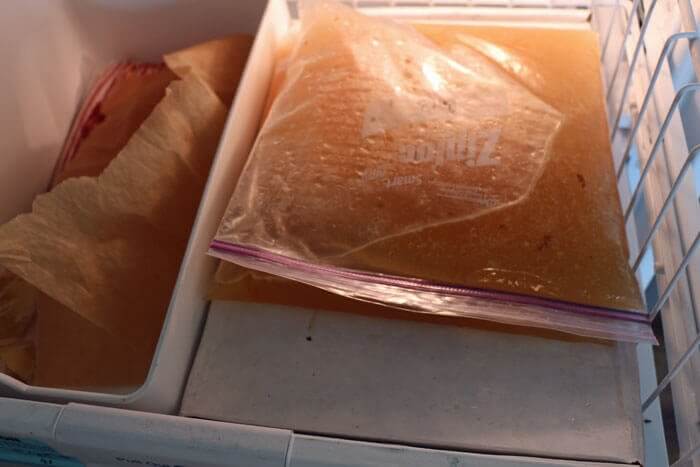
11. Weekly make broth in the crockpot and then freeze it.
Most weeks I roast or slow cook a whole chicken, partly for the convenient cooked meat and also so that I can make nourishing broth from the bones.
As soon as the chicken is done cooking, I cook it and remove all the chicken (which I freeze in small bags). Then, I toss the chicken bones straight back into the crockpot for a 12-24 hours to make broth. This also gets frozen, and it ensures that I have broth ready for any meals I want to make that week.
12. Have baking ingredients stocked up in pantry.
Grain free baking ingredients, like almond flour or coconut flour, nuts or dried fruit, are cheapest when you buy them in bulk. So you kill two birds with one stone by stocking up your pantry with bulk-sized packages.
So many recipes can be mixed up quickly in just a blender or food processor, especially things like bars, muffins or healthy cookies. Between these pantry items and a stockpile of eggs, I can usually get something in the oven in 15-20 minutes or less (a double or triple batch, of course!).
13. Sausages & bacon. Have lots of them.
If you can find a source for preservative and gluten-free sausages and bacon (I buy mine in 5 lb boxes from a small, local meatshop), these can help to make last minute meals.
Thawing and cooking these meats is a much faster process than thawing packages of the cheaper cuts of beef or chicken I buy. When I leave dinner too late, I know I can make something with one of these if I have to. Besides, bacon. Mmmm. Enough said.
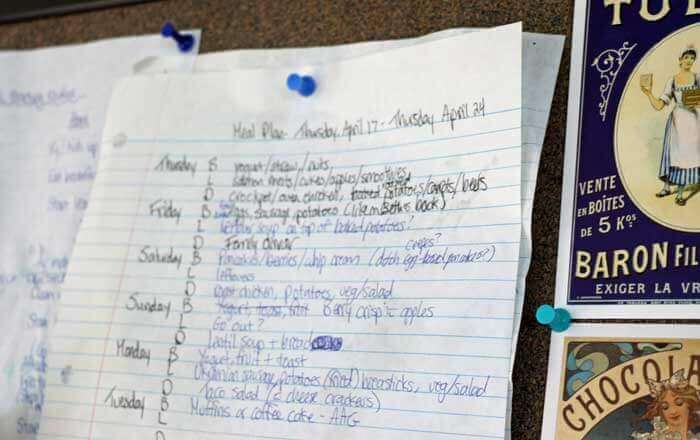
14. Meal plan, meal plan, meal plan.
Since my husband and I rotate in our work and home duties, the hour I take each weekend to plan out a meal plan (and then shop according to that plan) pays off wildly.
It allows my 9 year old to see what’s for breakfast, as she’s being trained to do a lot of that meal mostly by herself. My husband can start a simple lunch with a glance at our bulletin board in the kitchen. And I can set things out the night before to thaw in preparation for easier dinners the next day, or start the crockpot before I head down to the office each morning.
Plus, it really simplifies my shopping process, and guarantees that unless the kids go through a zany growth spurt and eat us out of house and home before the week is up (it’s been known to happen), we’ll have everything we need to make meals and avoid last minute ingredient runs.
One tip for simplifying your planning – Use your weekly breakfast plans over and over. Don’t most of us eat the same things for breakfast anyways?
15. Use your leftovers.
As a general rule, we eat leftovers any chance we can get. If there isn’t enough to serve as a full meal, we improvise and turn them into other dishes, or make a “leftover buffet”, or add things like a salad or fruit platter to supplement what we have.
Leftovers are pretty much the best thing ever. Cook once, eat twice, less dishes, save money by not wasting food. Really? Okay!
If you dislike leftovers, you really need to figure out some ways to get over it and make them taste better. Frying things up in some butter or oil, or using a toaster oven to keep food from getting soggy helps (and for the record, using a microwave makes things disgusting and as nutritious as cardboard, so I advise against that). And I always say that adding cheese covers a multitude of sins.
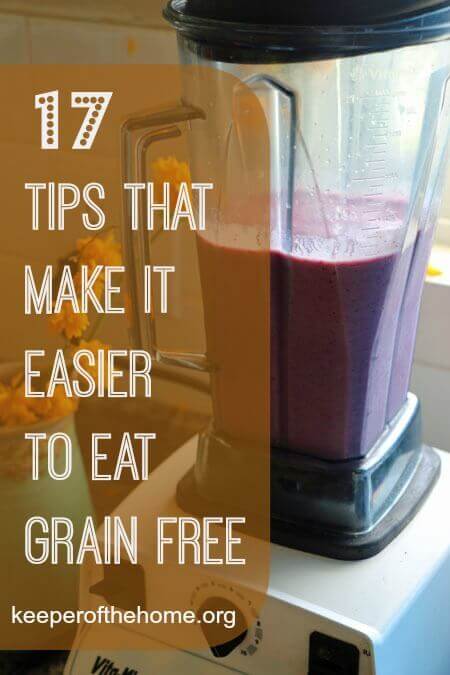
16. Smoothies. The perfect food.
Smoothies are the perfect, filling, nutritious, 5 minute snack. Always keep your fridge and freezer stocked with the ingredients you love to dump in the blender. For us, that’s all sorts of frozen berries and fruit, raw milk/yogurt/kefir, stevia/honey/maple syrup, vanilla, chia and flax seeds, fresh greens, orange juice concentrate, fresh fruit, cocoa powder, nut butter, etc.
If you’re extra keen, you can even use small serving ziploc bags to make pre-measured individual frozen smoothie “mixes” that can be dumped straight into the blender with your choice of liquids.
17. Use that crockpot.
There is nothing nicer than measuring out ingredients and even still-frozen meat first thing in the morning or as you clean up lunch, and opening up a steaming crock of cooked dinner later that night. I am always on the lookout for crockpot meals we enjoy.
Dishes we make most often in the crockpot: chili, beef or chicken stew, roast beef or roast whole chicken (usually with vegetables and maybe potatoes added in), soups, Asian-style chicken or beef to go over veggies (like Broccoli and Beef, or Orange Sesame Chicken). Pinterest is FULL of crockpot recipes. Use them!
What are your tricks that making grain free eating easier for YOU?

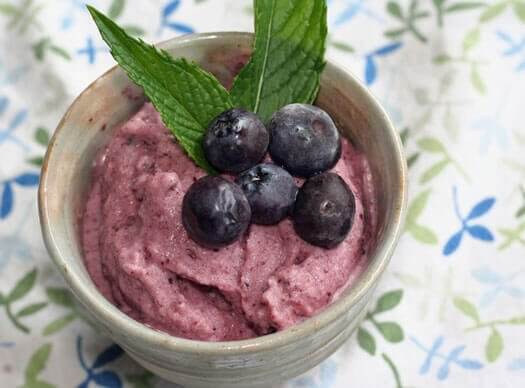
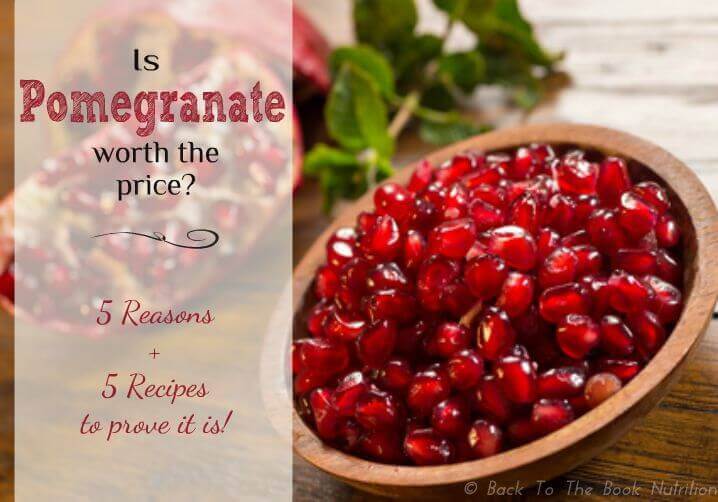

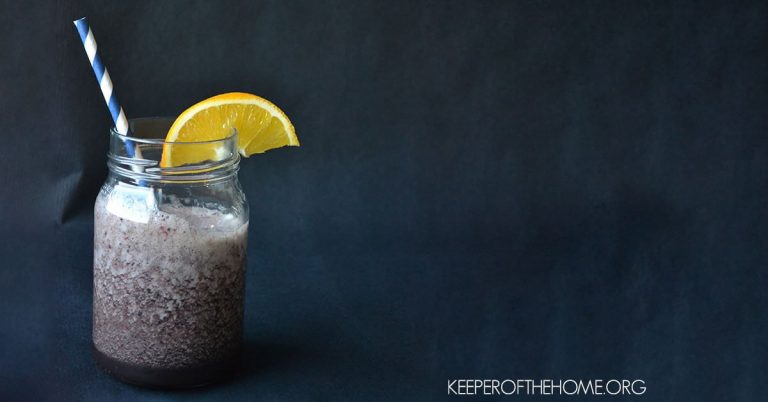
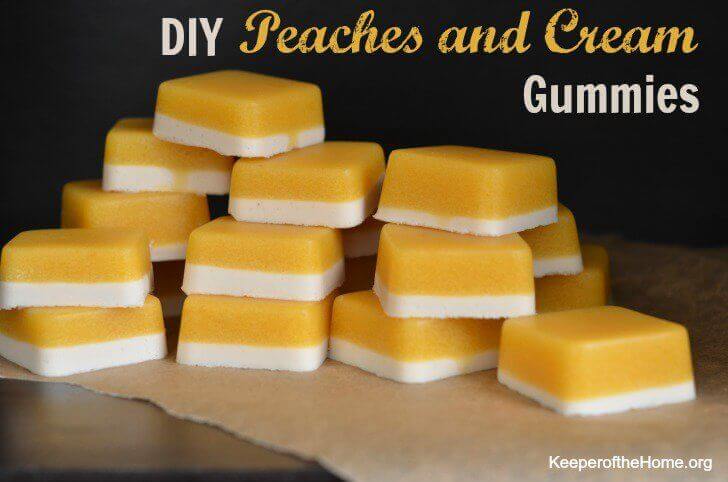
Thanks for the ideas. Its been hard for me the past year or two, because my body won’t digest milk products any more (its not the lactose, that would’ve been too easy). No more cheese or kefir, no more Greek yogurt… :'( Add that on to reducing gluten, and it can be pretty tedious…
As for #9, I love your cute name for it. Most of my kids are now adults, but their favorite meals when young were what I termed “snack dinners”. If I said “tonight we’re having a snack dinner” they were thrilled! And so was I, haha! (We only did these when Dad wouldn’t be home for dinner, as it wouldn’t have made HIM jump for joy.) But seriously, I knew they were still getting good nutrition. Win-win!
Snack dinner, nibble plates, same thing. They still work, right! But I know what you mean, reducing milk products can be tough.
That nibble plate, I need to know the recipe for the snack mix I think it is on your plate? Also the grain free crackers! I must have that recipe.
The grain free crackers came from the book I linked to in this post, Against All Grain. The snack mix is just what I throw together based on what nuts, seeds and dried fruits I have on hand– I think that particular one is just walnut pieces, cashews, sunflower seeds, currents, and chopped dried cherries. 🙂
Thanks Stephanie!
Interesting – we’re not trying to eat grain-free, necessarily, but these tips are fantastic for eating better with our schedule – thanks!
Great, glad they were helpful anyways! 🙂
This post is spot-on. I feel like I’m in the kitchen 20 hours a day, so anything I can make extra of or double up or throw in the crock pot is genius. And we keep so many chickens employed, it’s kind of amazing. Also love the term nibble plates, this is what my kids eat for lunch every day! Sharing this with my CrossFit gym Facebook page. Thanks!
Love that — keeping so many chickens employed. But it’s true! 🙂
Great Tips! I honestly haven’t tried to have the whole family go grain free, so it’s just me. But I love your ideas. My kids are older, and eat ALOT! And none of them are fat at all. They’re just active and really tall. Anyway, I keep frozen fish in the freezer that have been individually wrapped. I can very quickly thaw one out, and pan fry it. Super yummy and quick. Then I put a veggie, or fruit, or even a smoothie with it. Fast, healthy food!
And I do use the crock pot alot when I’m making paleo meals for the whole family.
That snack plate sounds interesting, but I have to tell you my 18 and 12 year old sons wouldn’t be able to survive off of it. Even after a big meal, they are usually heading back into the pantry to make 2-3 peanut butter and jelly sandwiches. I have a HARD time filling these boys up!
Speaking of chili in the crockpot, would you mind putting up a crockpot version of your yummy chili, please, Stephanie? Also, this post has lots of great ideas.
Top trick for making grain free work, without feeling deprived or hungry, is fat. Lots of fat. I’m doing the paleo autoimmune protocol to curb the progress of my Hashimoto’s. The AIP is even more restrictive than regular Paleo as it is an elimination diet. Nuts, seeds, including coffee and chocolate, eggs, dairy, sugars, including honey, legumes and all nightshade vegetables (potatoes, tomatoes, peppers (including spice peppers) and eggplant, are ALL eliminated, along with grains. It would be easy to feel deprived without sufficient fat. Coconut oil, olive oil and lard are the starter fats, ghee, and then butter can be tested rather quickly and if you have no reaction then they are another fat base. Right now, lots of coconut oil, moderate olive oil and bacon fat, are my lifelines. The things I CAN eat are fabulous and I always feel well satiated and can go much longer without feeling hungry. Losing weight is an added bonus that I’m enjoying along with an overall much better feeling of wellness.